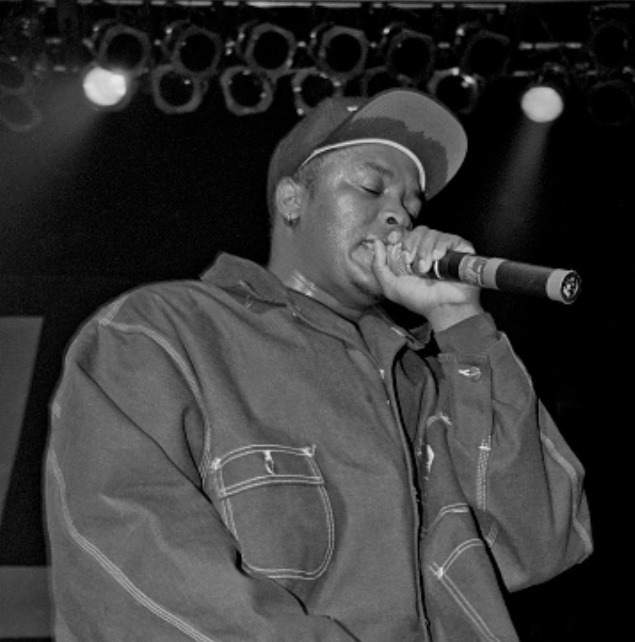
Few musical genres have mirrored the evolution of society quite like rap. Born from the vibrant cultural melting pot of the Bronx in the 1970s, rap music has transformed from humble beginnings into a global phenomenon, empowering marginalized voices and shaping cultural trends. Let’s delve into the rich history of rap, exploring its roots, golden age, and enduring legacy.
Early Days: Beats and Rhymes in the Bronx
The story of rap music begins in the streets of the Bronx, New York City. Block parties were a staple of community life, where DJs like Kool Herc would spin records, using innovative techniques like isolating rhythmic breaks and extending them to create extended danceable sections. This provided the foundation for what would become the signature beat of rap music. Soon, charismatic figures like Grandmaster Flash and Afrika Bambaataa emerged, taking center stage and engaging the crowd with rhythmic chants and spoken-word poetry. These early pioneers laid the groundwork for the rapping style and lyrical delivery that would define the genre.
The Golden Age: Lyrical Innovation and Social Commentary
The 1980s marked the arrival of rap’s golden age. Artists like Run-D.M.C., LL Cool J, and Slick Rick pushed the boundaries of lyrical complexity and storytelling. Their rhymes were infused with braggadocio, streetwise observations, and social commentary. Groups like Public Enemy and N.W.A. took things a step further, tackling issues of racial injustice, police brutality, and poverty with unflinching honesty. Their music became a powerful voice for a generation disenfranchised by mainstream society.
West Coast vs. East Coast: A Friendly Rivalry
The late 1980s and early 1990s witnessed a dynamic rivalry between the burgeoning West Coast and East Coast rap scenes. N.W.A., hailing from Compton, California, brought a distinct West Coast sound characterized by G-funk beats and lyrics that explored gang culture and the realities of life in inner-city America. On the East Coast, artists like Public Enemy and the Notorious B.I.G. continued the tradition of socially conscious rap, tackling issues of inequality and the struggles of urban life. This friendly competition spurred innovation and pushed rap music further into the mainstream spotlight.
More Than Gangsta: Rap Spreads Its Wings
As rap matured, it branched out. Gangsta rap, popularized by Tupac Shakur and Ice Cube, remained strong on the West Coast. However, on the East Coast, artists like Nas and A Tribe Called Quest explored social issues more poetically. The South even joined the party with Outkast and UGK, blending blues with hip-hop for a unique sound.
The Digital Age: Rap Goes Global
The internet changed everything. With online platforms and mixtapes, unknown rappers could bypass the big labels and connect directly with fans. This led to new styles like crunk and snap, and rap music exploded worldwide.
Rap Today: Still Evolving
Today, rap continues to be a major force. From the thoughtful lyrics of Kendrick Lamar to the catchy beats of Migos, there’s something for everyone. Rappers constantly mix things up, blending rap with other genres like R&B and pop. Rap’s influence goes beyond music, impacting fashion, language, and social movements.
More Than Just Music: A Voice for a Generation
Rap’s history shows its power to give voice to the unheard. It’s a platform for marginalized communities to tell their stories, fight for what’s right, and celebrate their identities. As rap continues to evolve, one thing remains constant: its ability to capture the times and empower people through the energy of words and beats.…